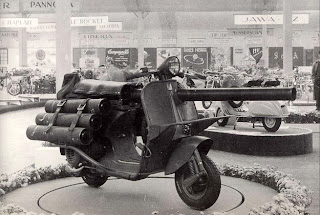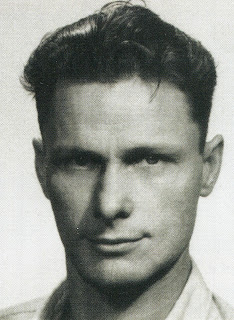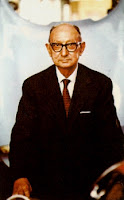Porsche Carrera 356 GTL
The GTL is a lightweight all aluminum bodied low production Porsche racer based on the Porsche 356B chassis. The production run produced 21 GTL's from serial numbers 1001 to 1021. There has been some speculation as to the reasoning behind the creation of the GTL, however in the book 'Porsche Racing Cars' by Bill Ousler states that the GTL came into existence due to an FIA rule loophole. The FIA rulebook stated that a competition car was based on the chassis and engine configuration and not based on the body definition. Porsche immediately saw this as an opportunity to set up 21 chassis with an iteration of the hugely respected Fuhrman 547 quad cam four cylinder engine with an uber lightweight full aluminum low drag body.
Porsche put the bodies out to the standard coachbuilding firms to bid being Wendler, Zagato and Abarth. After reviewing the bids, Ferry Porsche preferred the Zagato bodied car. The production contract however went to Abarth due to a very successful venture with Carlo Abarth which inspired confidence in Ferry who subcontracted Zagato for the design.
The final design was a dramatically slant nosed car which reduced drag with lightweight rounded aerodynamic panels which shared cues from both the Abarth and Zagato houses. Bulbous, widened rear arches made way for widened wheels and tires to help the 140hp high revving motor hook up. The rear end carried the classic Porsche teardrop design but opted for a highly louvered rear decklid infusing a massive scoop along with nearly 50 louvers. The roofline was dropped 5 inches over the standard 356B. The GTL employed an extremely spartan interior, however many test drivers stated that the driving position was extremely comfortable for endurance racing. However, getting into the seat with the low roofline was another story. The GTL's dash comprised of exposed aluminum which did not resemble the dash in the 356B.
The GTL was also pedigreed. Competing in some of the most prolific races in Europe, the GTL carries two overall class wins in both the 61 and 62 Le Mans and won its class in the grueling 1960 Targa Florio.
I have, since very early on in my interest in cars, been in love with the Porsche brand. I study Porsche more than any other manufacturer due to its ability to adapt technology so quickly to stay consistent with their overall goals. It is rare to discuss Porsche with automotive hobbyists and find that they feel somewhat indifferent towards their cars. You either love Porsche or you hate Porsche. And if you hate Porsche, you typically love Ferrari, and wear a lot of gold chains and sunglasses indoors. If you fall into the latter, I feel sorry your negligence. Ferrari's are pieces of art, built by designers. Porsche's are pieces of craftsmanship, built by master engineers. While Ferrari's have become investment grade cars, you cant drive them. Maybe you can drive them around the block, but you can't drive them. Why buy a Grand Touring car if you cant tour in it? They are fickle, temperamental and grossly over hyped. Major maintenance is required at nearly every oil change and the electronics in the newer models have overcomplicated the car so much in ways the Italians have never excelled in, mainly electrical engineering. I drove a 360 Modena which was owned by a friend of mine and while it was enjoyable to drive, my friend who purchased it new said it spent most of its first year in the shop fixing what the factory missed. It is my opinion that nearly all Ferrari's (with the exception of the 250 SWB and 365 GTB 4 Cam) are meant to be welded to a plinth so that we can all gawk at them doing what they do best. Mainly sitting on top of things, like lifts in mechanics garages. Porsche's on the other hand are made to endure hundreds of thousands of miles of violent abuse. That is why, regardless of what spray tanned men who wear half unbuttoned pink shirts and frost the tips of their hair say, Porsche will always be superior in every way (with the possible sole except of body design) to the prancing ponies.
The Porsche Carrera 356B Abarth GTL is likely the rarest and most valuable of all the Carrera series Porsches and remains yet another of Zagato's magnificent breakthrough designs.
Scott Madsen
- Zagato's Ghost





































